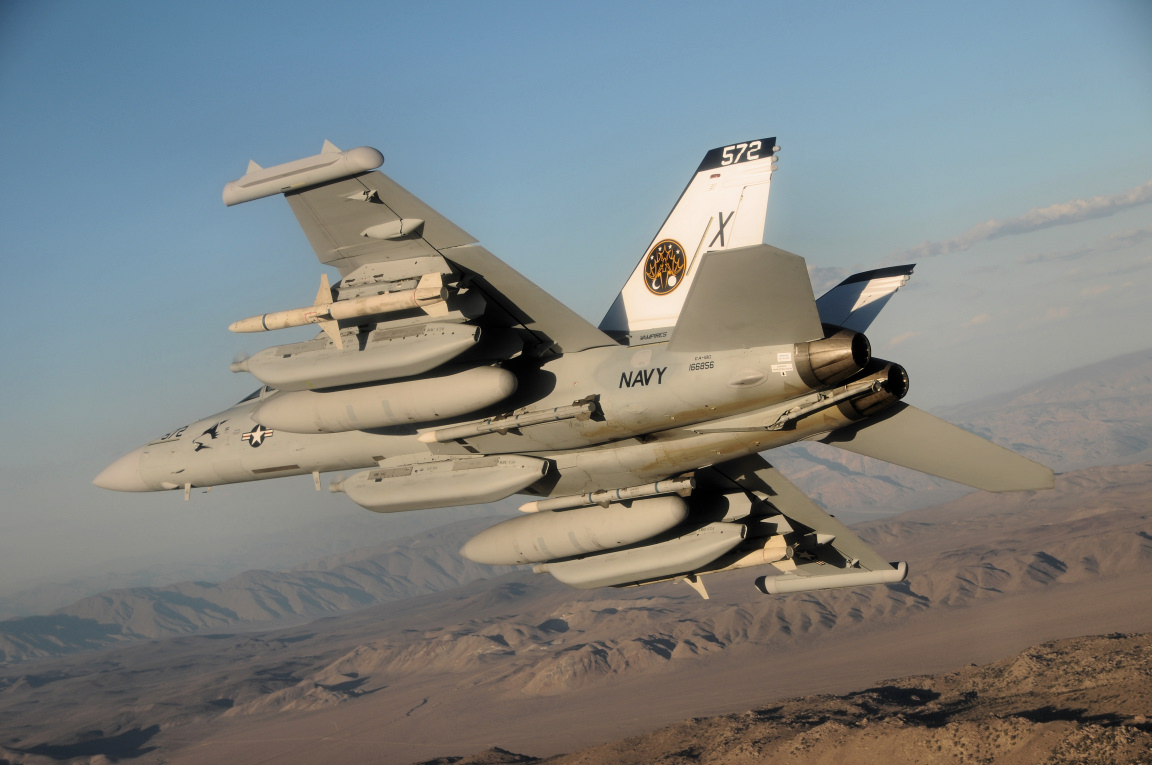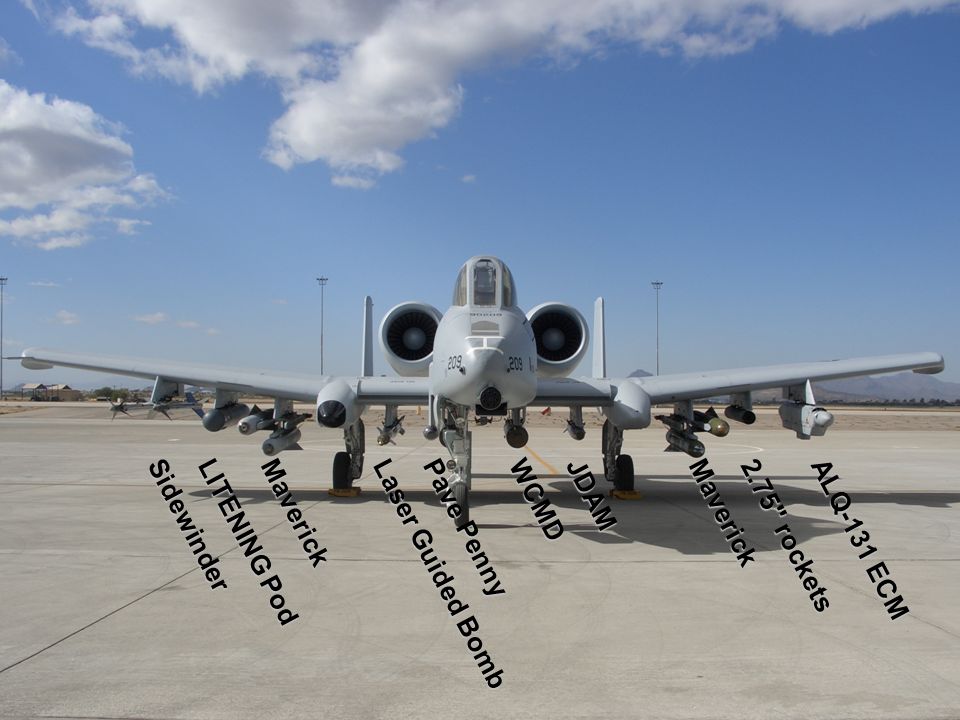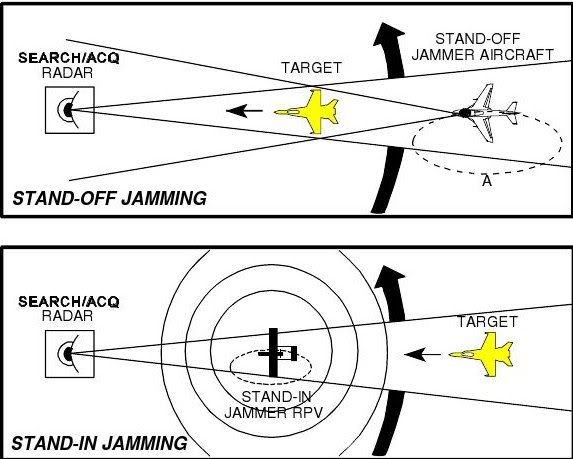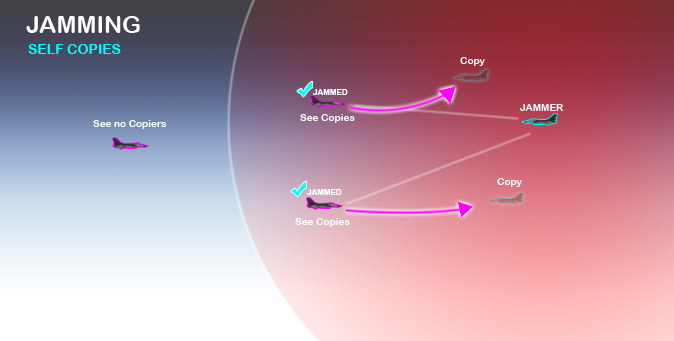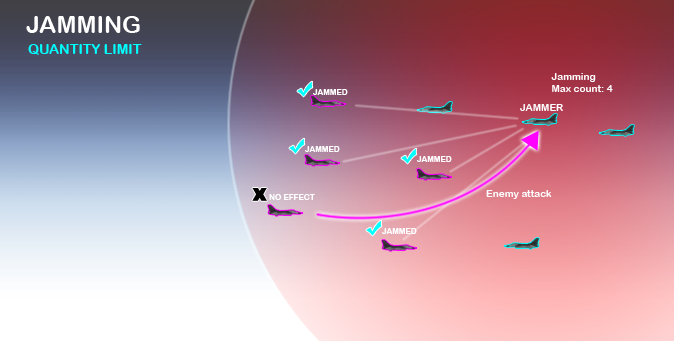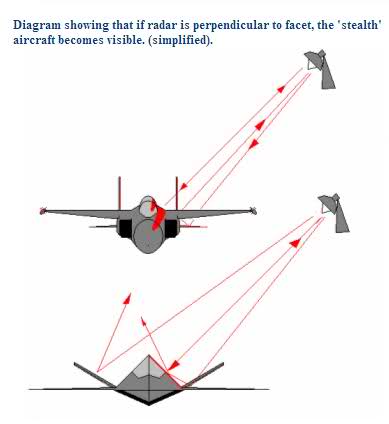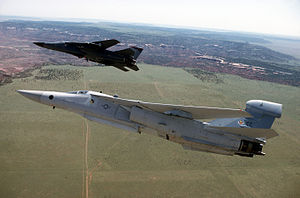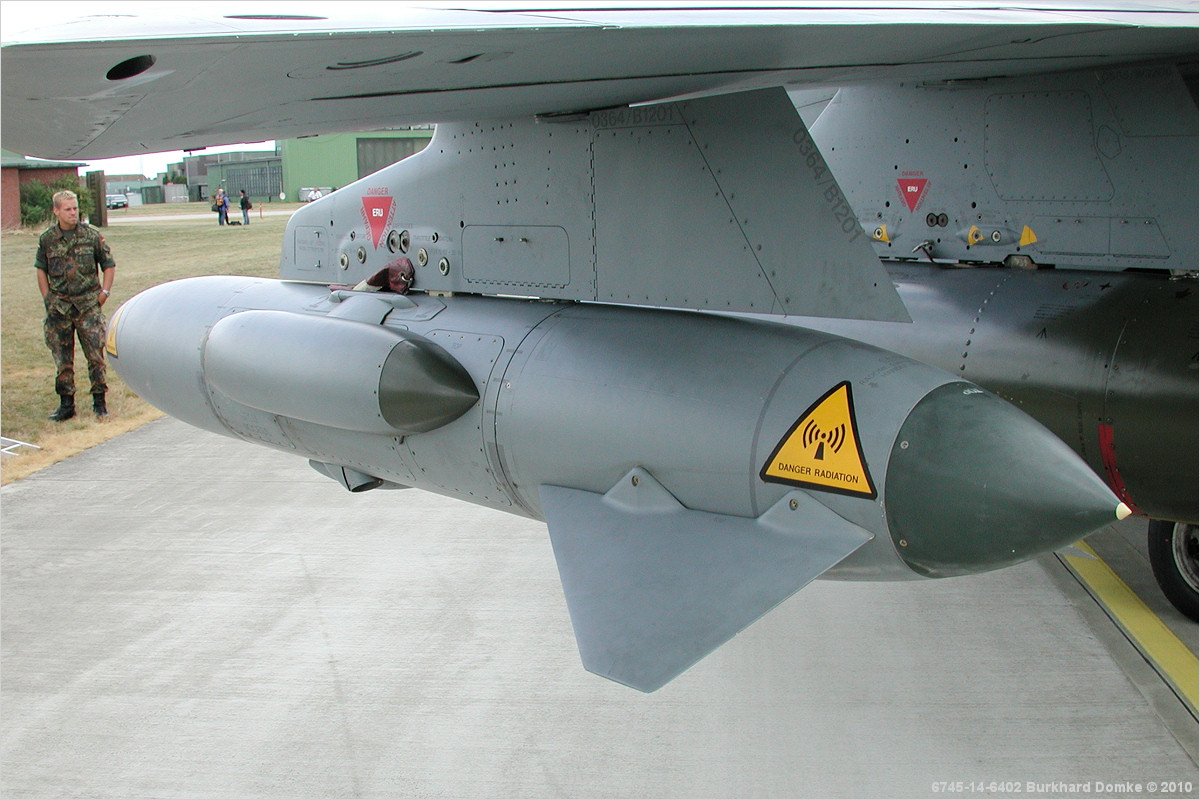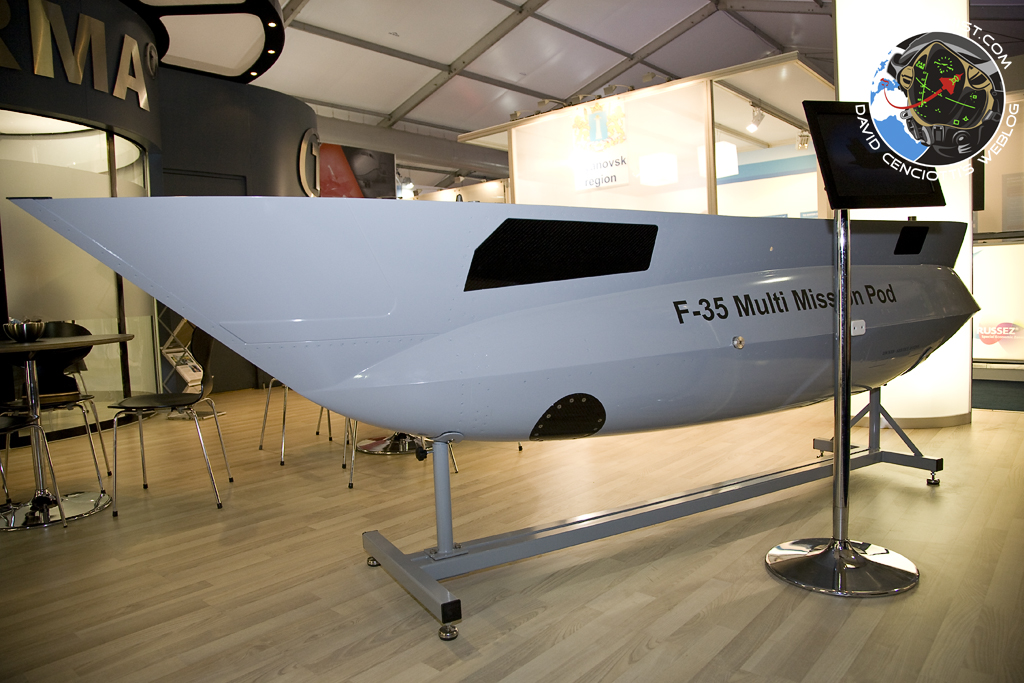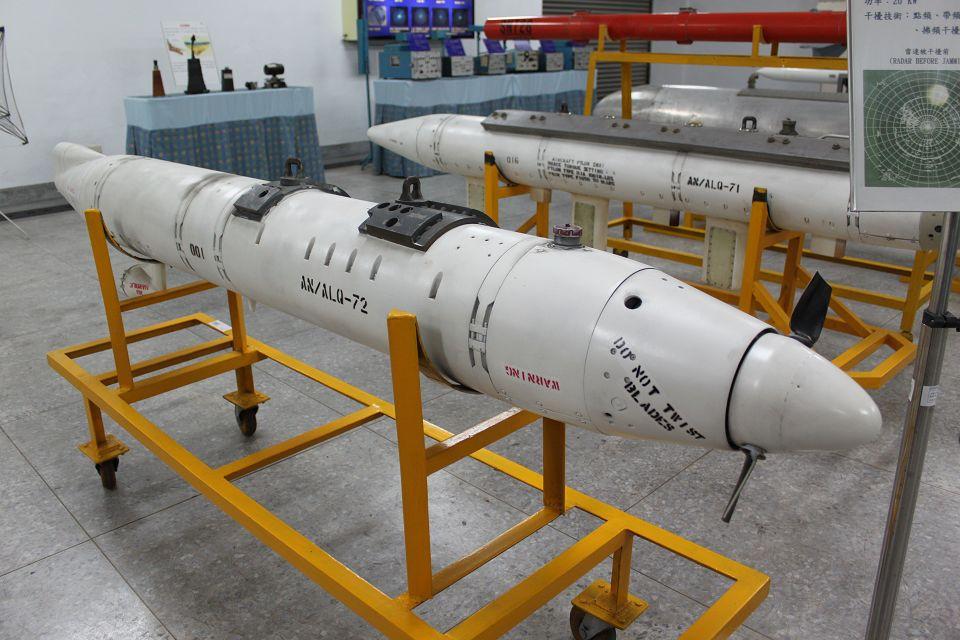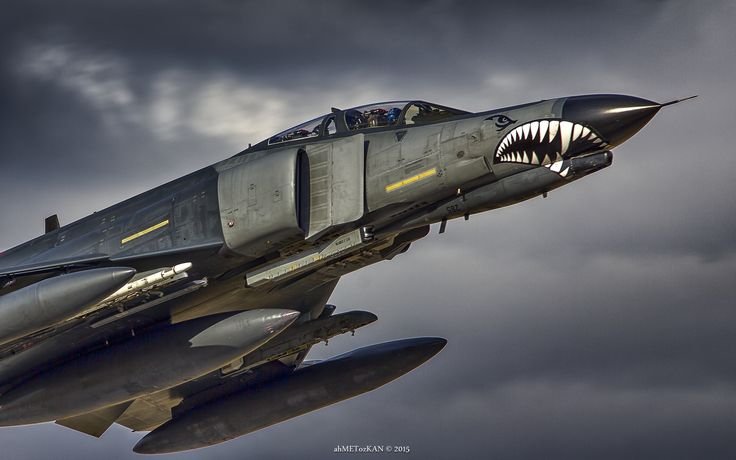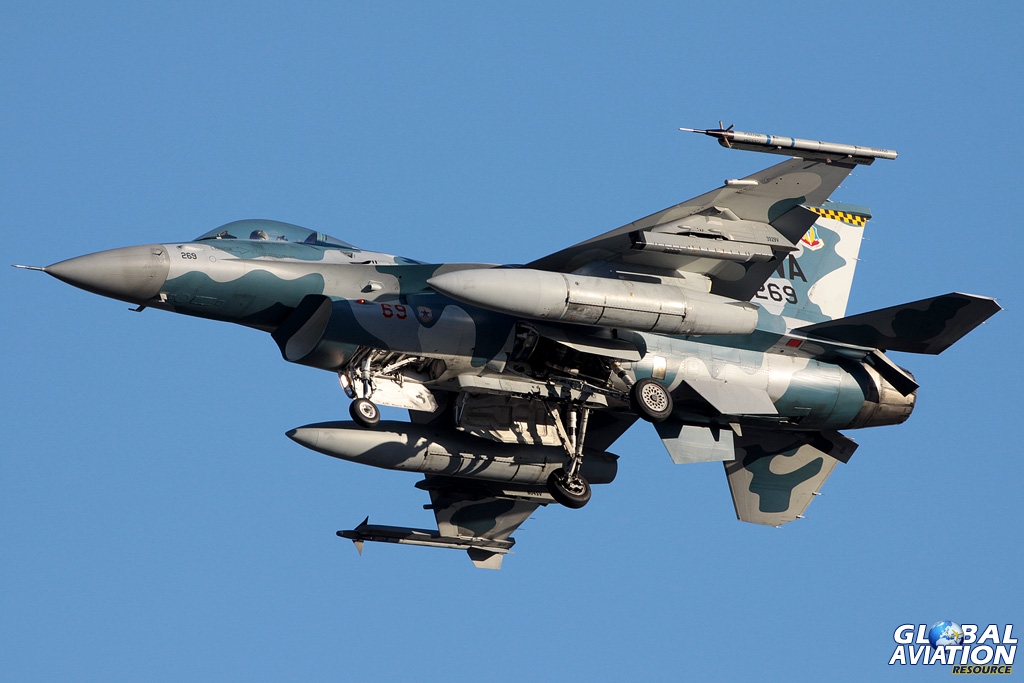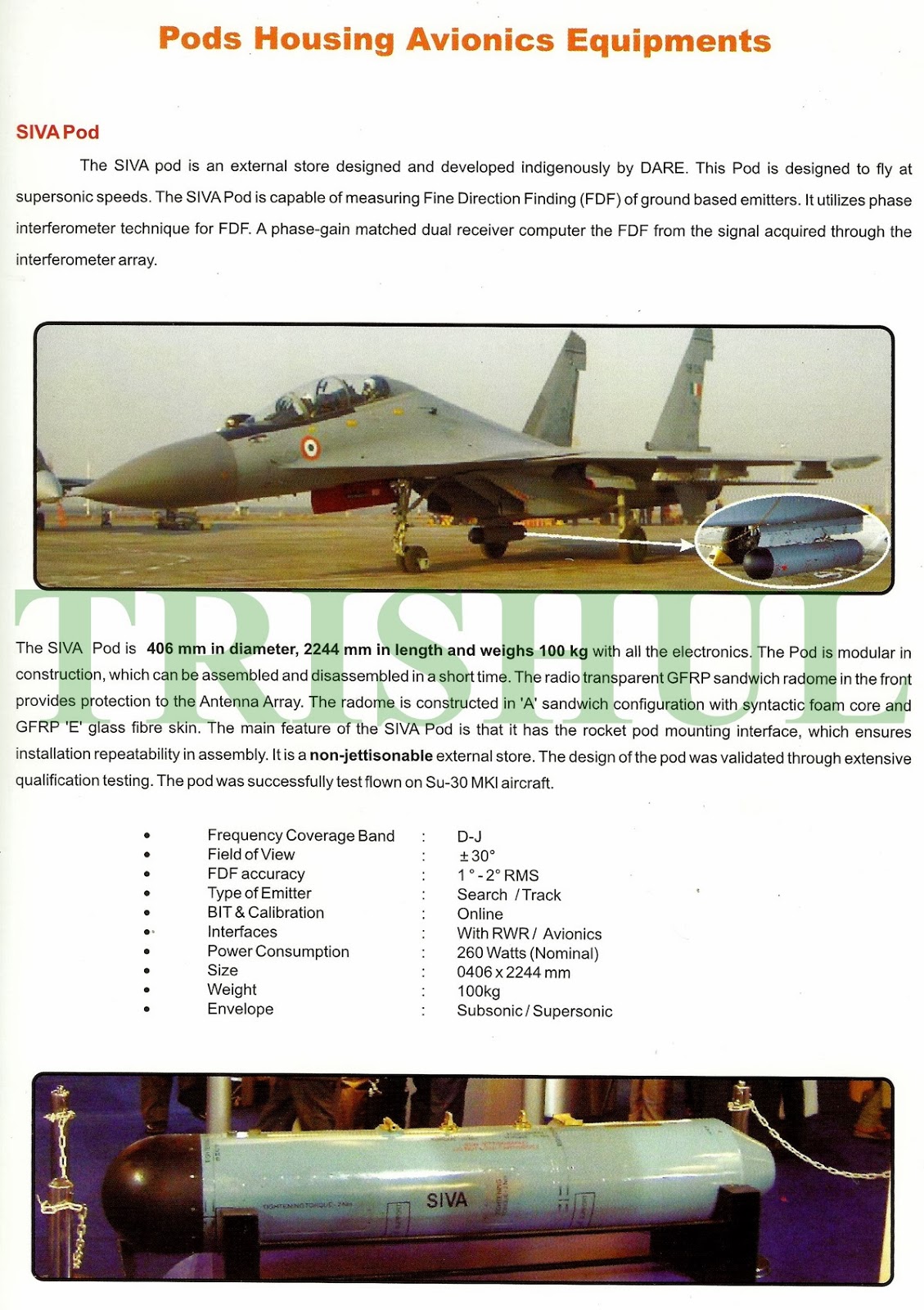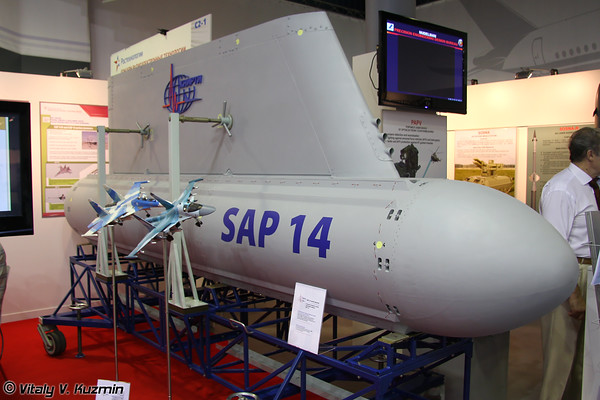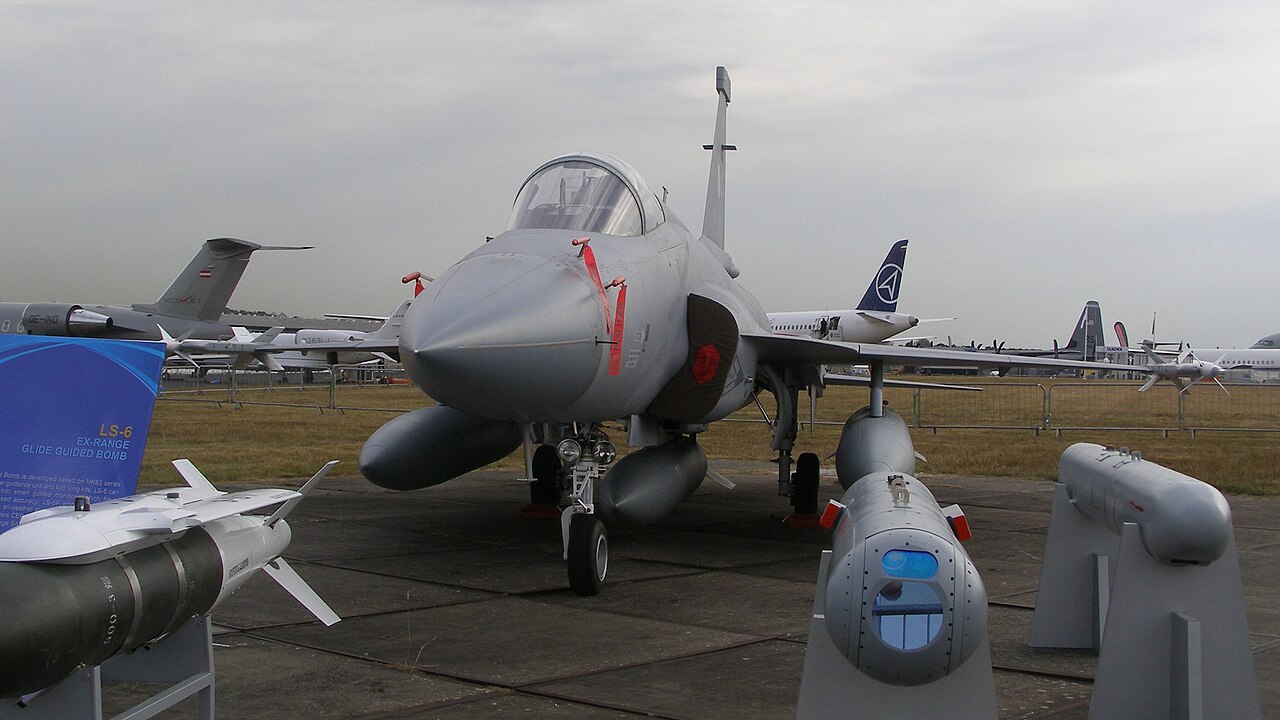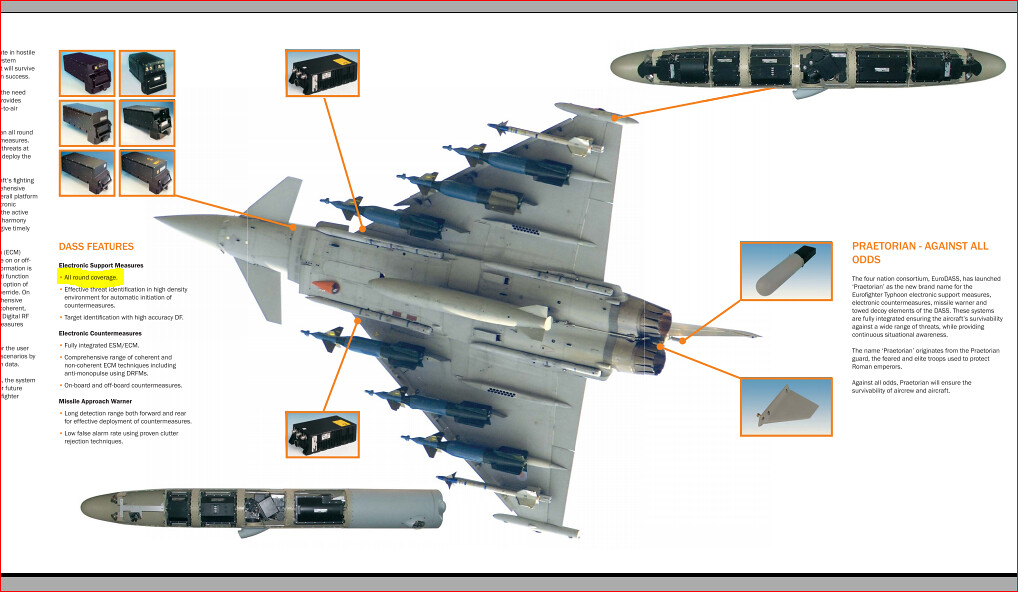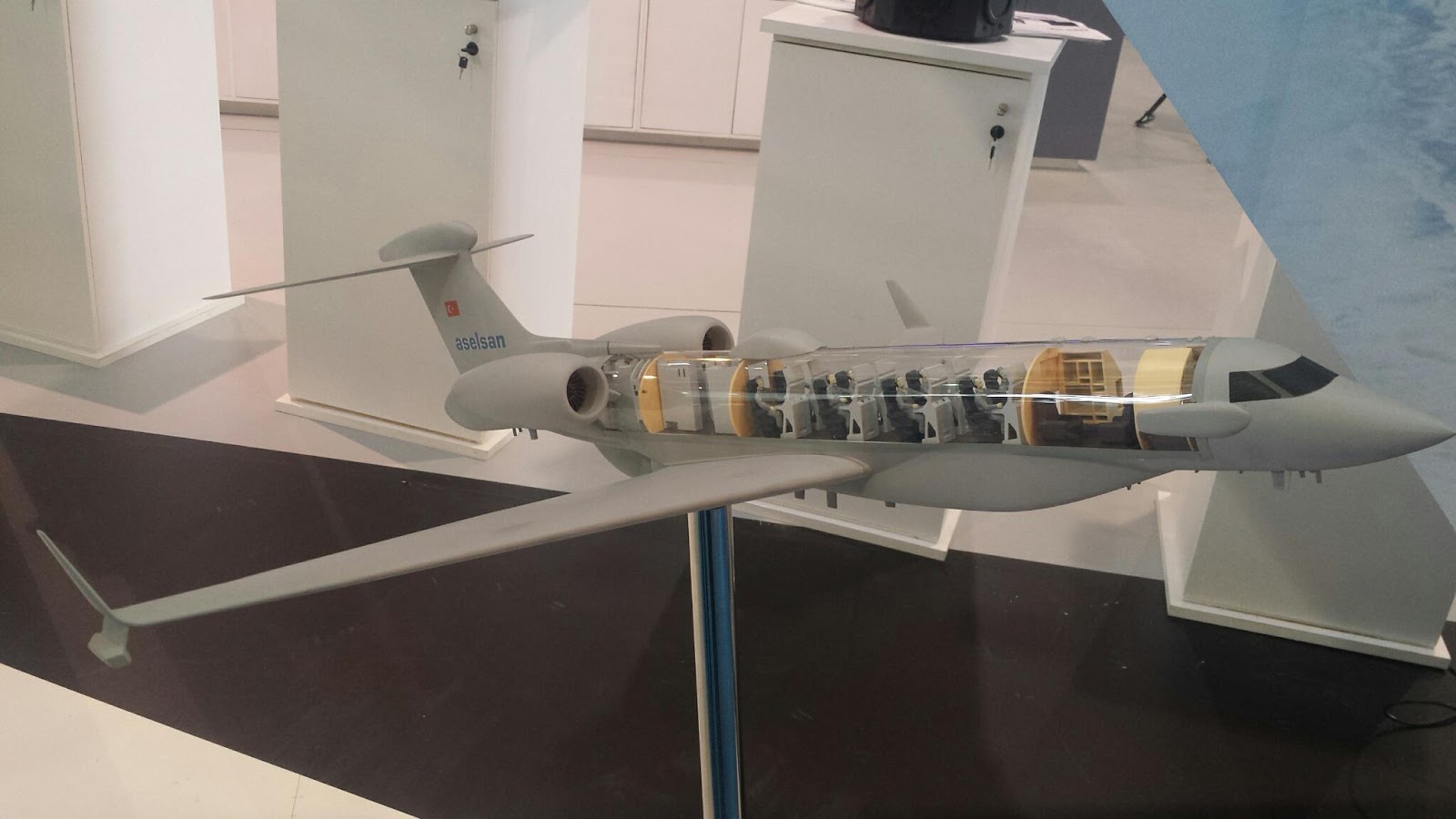gambit
PROFESSIONAL

- Joined
- Apr 28, 2009
- Messages
- 28,569
- Reaction score
- 148
- Country
- Location
Am assuming you are asking why not put a jammer ON a 'stealth' aircraft.Well wish I had the time for this debate...but why not mount a jammer or a stealthy aircraft?
Every body -- including humans -- can be an emitter. Even reflections would make a body an emitter. An emission, even from the mode of reflection, by nature is active. So if an aircraft is emitting in any manner, that aircraft can and will be EM observable. So to be 'low radar reflective' or 'low radar observable', a body must somehow minimize or hopefully completely eliminate any emission at all.
For an aircraft to be EM observable, it can do one or all of three things:
- Transmit its own radar
- Transmit its radio communication
- Reflect other sources of EM radiation
Items 1 and 2 can be done at will via the ON-OFF switches. Item 3 is where things get complicated and financially costly, even for US. At this time, an aircraft cannot switch ON-OFF its own reflective behavior.
Shaping the aircraft's body to REDIRECT reflections is the current method of radar 'stealth'. Absorption of impinging radar signals is another method. Each have its advantages and disadvantages, but for now shaping is primary.
If the goal is to make the aircraft be as low an EM emitter as possible, putting on a jammer, which is an EM active component, whether that jammer is a standalone pod or somehow internalized, would negate the goal of being low radar observable. If the aircraft is already 'stealthy' from controlling the above 3 items, transmitting a radar countermeasure signal would be like turning ON item 1.
That said, it does not mean a 'stealth' aircraft cannot tactically use a jammer. It is possible to use an active countermeasure signal without putting oneself into a tactically inferior position provided that the countermeasure signal is precise enough to target one or more inherent weaknesses in the seeking radar signal.
Countermeasure can be 'spot', 'sweep', or 'barrage'. A wiki source is good enough for basic information.
https://en.wikipedia.org/wiki/Radar_jamming_and_deception
For the 'stealth' aircraft, its interest would be the 'spot' jamming method but with reduced power. The goal is not to blind but to temporarily confuse the seeking radar whenever the 'stealth' aircraft is at the highest risk of being detected.
For example...A 'stealth' fighter would still use terrain masking to even increase the difficulty level of detection. But in its transition from one terrain mask (hill) to another mask (forest), it maybe close enough to a radar station in a network that it will be detected long enough to alert the other stations. A brief countermeasure signal specifically targeted at a certain frequency may just confuse that station long enough for the 'stealth' fighter to escape persistent detection.
A typical radar transmission consists of pulses. A 'pulse train' is when there is a group of pulses with a duration of time before and after it. So a typical radar transmission actually contains pulse trains. Let us say there is a pulse train of 100 pulses.
If only 10% of that train returned, the seeking radar would dismiss them because of low statistics. If 50% returned, we can design the system to flag for monitor. If 70% returned, we can design the system to alert the operator that there is something out there. If the 'stealth' aircraft is close enough, it can produce that statistically significant reflected signal level and do it over time from pulse train to pulse train.
If the countermeasure signal is precise enough in terms of frequency matching and power output, the seeking radar would be sufficiently confused as to if one pulse train is more accurate than another and keep this confusion long enough for the 'stealth' fighter to escape this one radar station.
This is just one example of how an EM active countermeasure component could be used by a 'stealth' fighter in contrast of its inherent design of being a low EM emitter. The AESA radar systems in the F-22 and F-35 already have this capability of being a passive analyzer and a precision spot jammer when needed.






